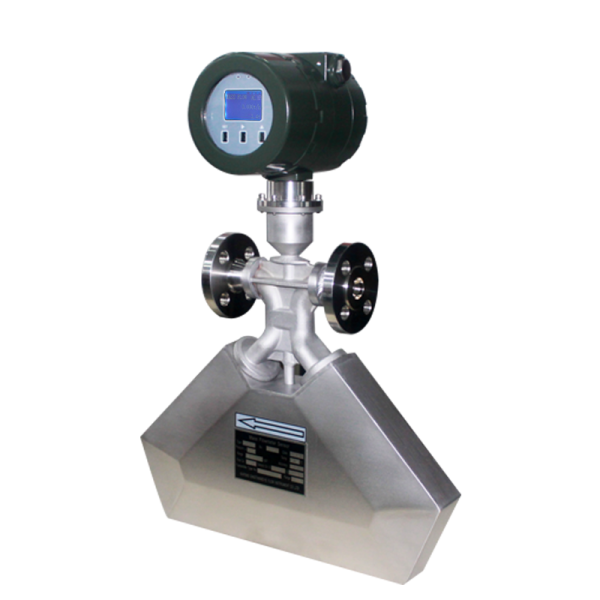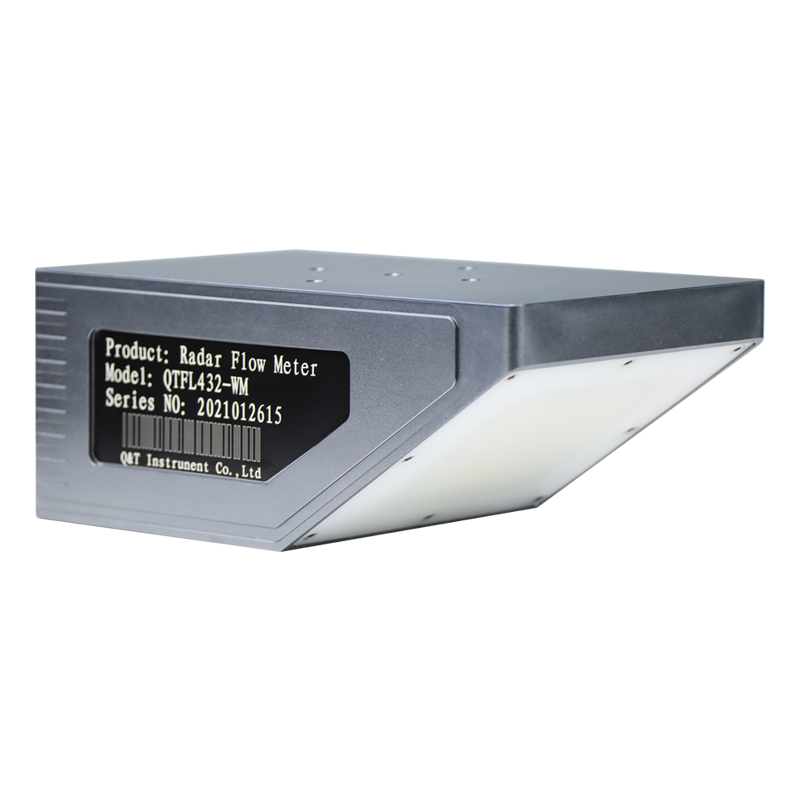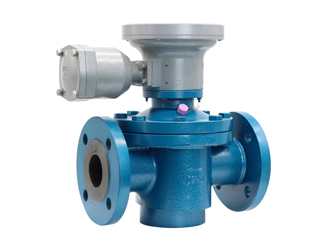Electromagnetic flow meter model selection
7 elements of electromagnetic flowmeter selection.
1. How to choose electromagnetic flowmeter-application overview
Large-caliber meters are mostly used in water supply and drainage projects. Small and medium calibers are often used in places where both solid and liquid are difficult to detect fluids or high requirements, such as measuring paper pulp and black liquor in the paper industry, ore pulp in the non-ferrous metallurgy industry, coal slurry in the coal preparation plant, strong corrosive liquid in the chemical industry, and blast furnace tuyere in the iron and steel industry Cooling water control and leakage monitoring, flow measurement and control of long-distance pipeline coal hydraulic transportation. Small calibers and tiny calibers are often used in places with sanitary requirements such as the pharmaceutical industry, food industry, and biological engineering. Electromagnetic flow meter can be used for measurement in the above situations.
2. How to select the electromagnetic flowmeter-accuracy grade and function
The general-purpose electromagnetic flow meter on the market have relatively stable performance, high accuracy, and multiple functions. The basic error of the instrument can be controlled within (±0.5%)R. Therefore, places with high measurement accuracy requirements (such as trade accounting, high requirements) Strong reliability and excellent repeatability, etc.) has a relatively large advantage. The installation requirements are also relatively simple, such as the normal ambient temperature, the length of the front and rear straight pipe sections are required to be greater than 10D and 5D respectively.
3. How to choose electromagnetic flowmeter-flow rate, full-scale flow, range and caliber
The caliber of the selected instrument is not necessarily the same as the pipe diameter, it should be determined by the flow rate. In the process industry, water and other liquids with different viscosities are transported, and the pipeline flow rate is generally 1.5 to 3m/s at an economical flow rate. EMF is used on such pipelines, and the sensor caliber is the same as the pipe diameter. The range of EMF is relatively large, usually not less than 20, and for instruments with automatic range switching function, it can exceed 50-100. The caliber of the stereotyped products that can be provided in China ranges from 10mm to 3000mm. However, the actual application is still mostly small and medium calibers, but it is different from most other principle flow meters (such as volumetric, turbine, vortex or Coriolis mass, etc. ) In comparison, large-diameter instruments occupies a larger proportion.
4. How to select the electromagnetic flowmeter-liquid conductivity
The prerequisite for using an electromagnetic flow meter is that the measured liquid must be conductive and cannot be lower than the threshold (ie, the lower limit). If the conductivity is lower than the threshold, it will cause measurement error until it can’t be used. It can be measured even if it changes beyond the threshold. The indication error does not change much. The threshold of general-purpose EMF is between 10-4~(5×10-6)S/cm .
The conductivity of industrial water and its aqueous solution is greater than 10-4S/cm, and the conductivity of acid, alkali, and salt solution is between 10-4 and 10-1S/cm. There is no problem in using it. Low-degree distilled water is 10-5S/cm. There is no problem with cm. Petroleum products and organic solvents cannot be used if the conductivity is too low.
5. The liquid contains mixed substances
The tiny bubbles mixed into the bubbly flow can still work normally, but the measured volume flow is the mixed volume flow containing the bubble volume; if the gas content increases to form a bomb (block) flow, the electrode may be covered by the gas and the circuit will be interrupted instantaneously. Turn on, the output will shake or even not work properly. The solid-liquid two-phase fluid containing non-ferromagnetic particles or fibers can also measure the volume flow of the two-phase. Fluids with higher solid content, such as drilling mud, drilling cement slurry, and paper pulp, are actually non-Newtonian fluids. Since the solids flow together in the carrier liquid, there is sliding between the two, and there is a difference in speed. The single-phase liquid calibration instrument used for solid-liquid two-phase fluid will cause additional errors.
6. How to select the electromagnetic flowmeter-adhesion and precipitation
When measuring fluids that are easy to adhere and precipitate substances on the tube wall, if the attached is a conductive material with higher conductivity than the liquid, the signal potential will be short-circuited and cannot work. If it is a non-conductive layer, first pay attention to the contamination of the electrode, for example, it is not easy to select Attached pointed or hemispherical protruding electrodes and replaceable electrodes also temporarily disconnect the measuring circuit, and a low-voltage and large current flows in the electrodes for a short period of time, and the adhesive layer of attached grease is removed by incineration. In places prone to adhesion, the flow rate can be increased to achieve the purpose of self-cleaning, and a more convenient and easy-to-clean pipeline connection can be adopted, and the sensor can be cleaned without disassembly.
7. How to select the electromagnetic flow meter-the selection of the material of the parts in contact with the fluid.
The sensor parts in contact with fluid include lining (or measuring tube made of insulating material), electrode, grounding ring and sealing gasket. The corrosion resistance, wear resistance and upper limit of the use temperature of the material affect the instrument’s impact on the fluid. Adaptability. Due to the few parts, simple shapes, flexible material selection, the electromagnetic flow sensor is highly adaptable to fluids.
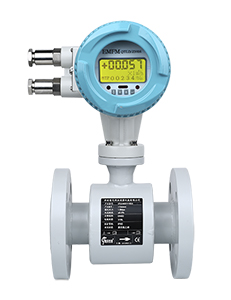



.jpg)
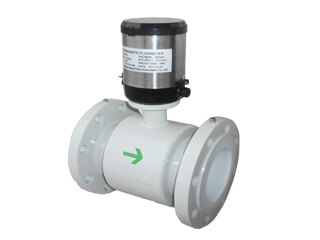
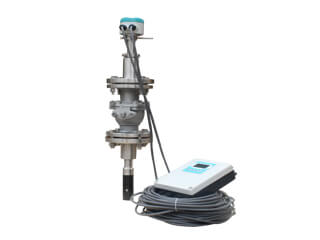
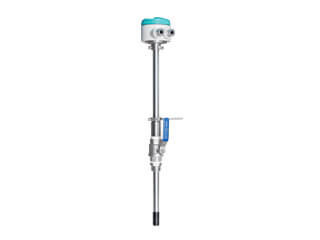
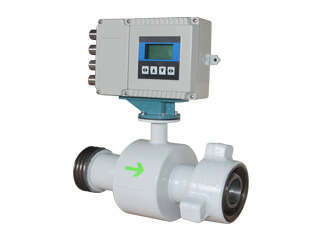
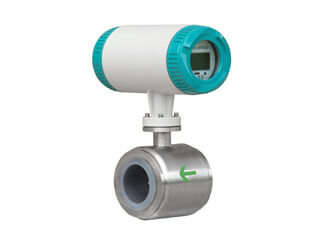
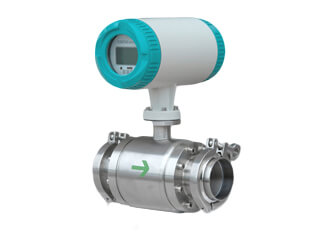
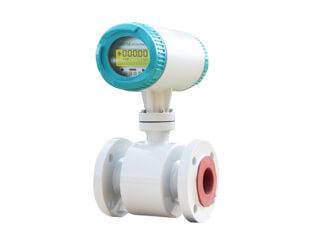
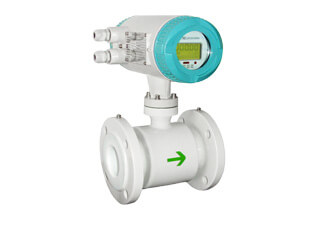
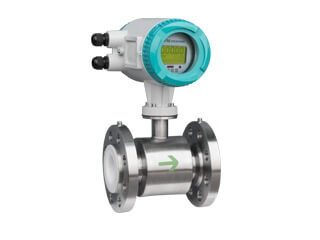
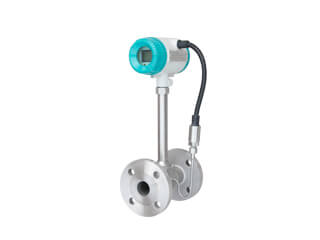
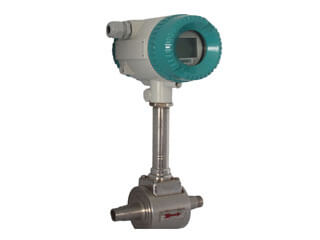
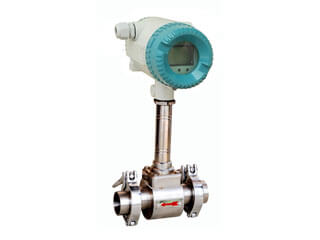
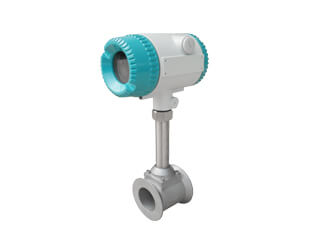
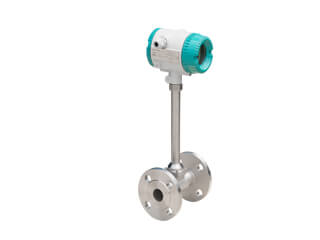
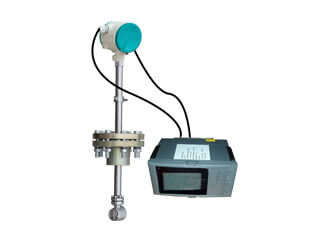
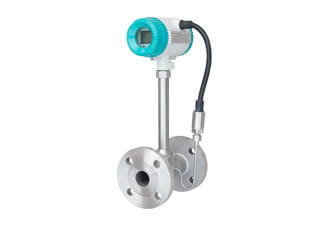
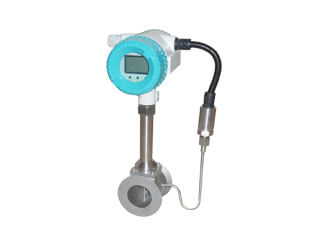
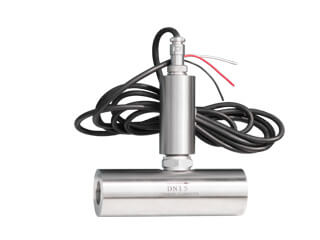
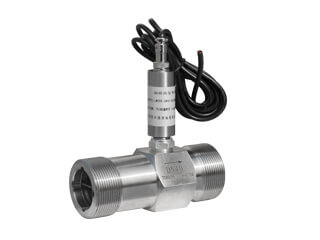
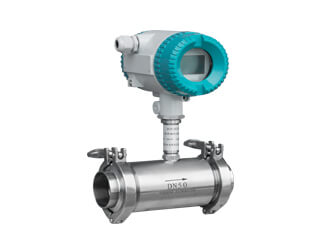
.jpg)
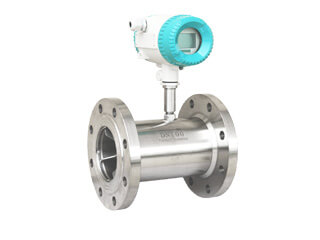
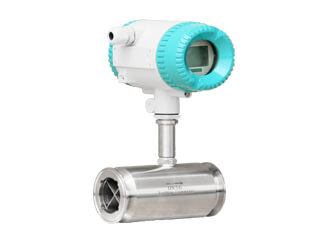
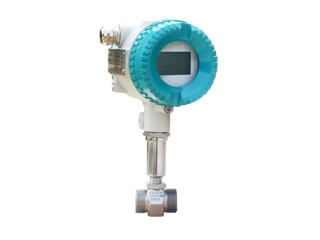
.jpg)
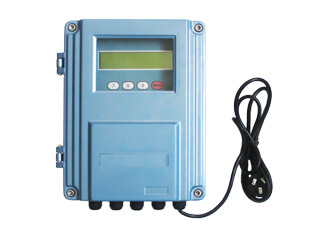
.jpg)
.jpg)
.jpg)
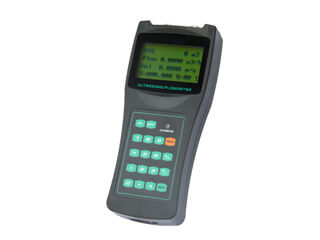
.jpg)
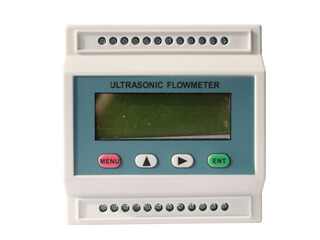
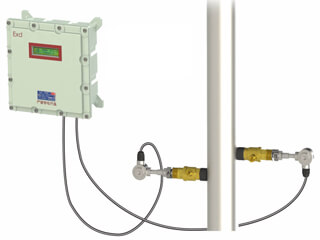
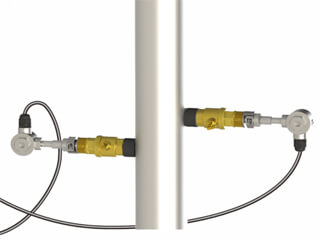
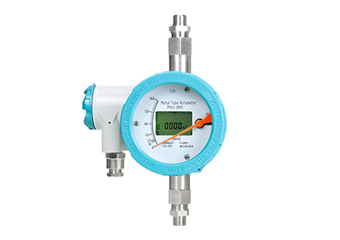
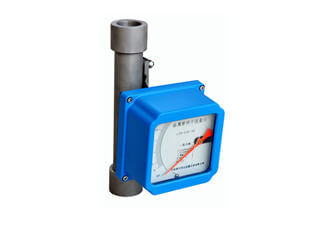
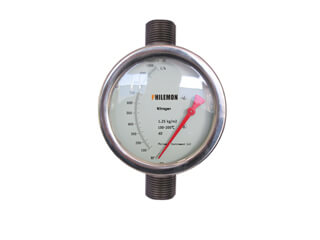
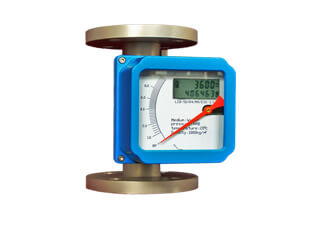
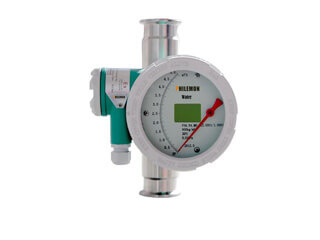
.jpg)
.jpg)
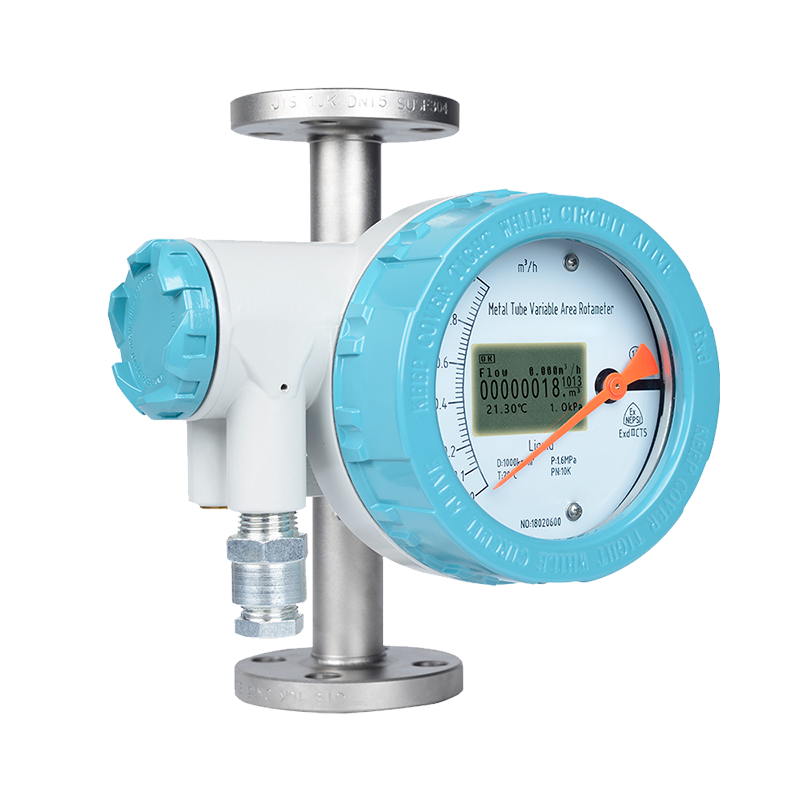
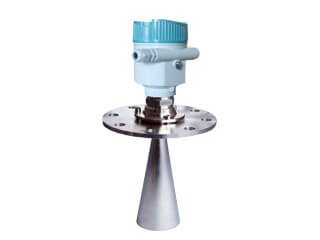
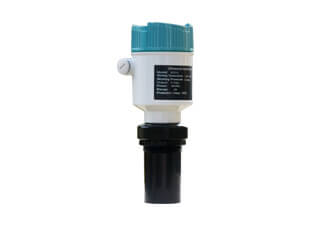
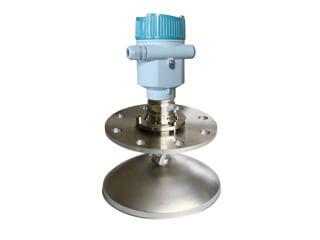
.jpg)
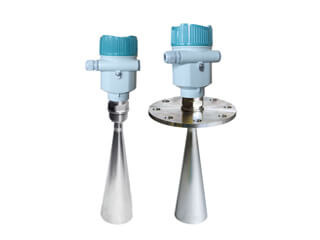
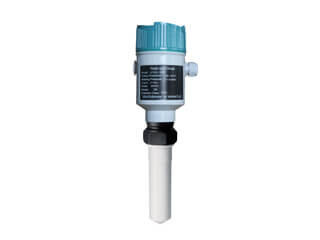
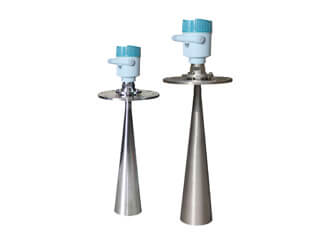
.jpg)
.jpg)
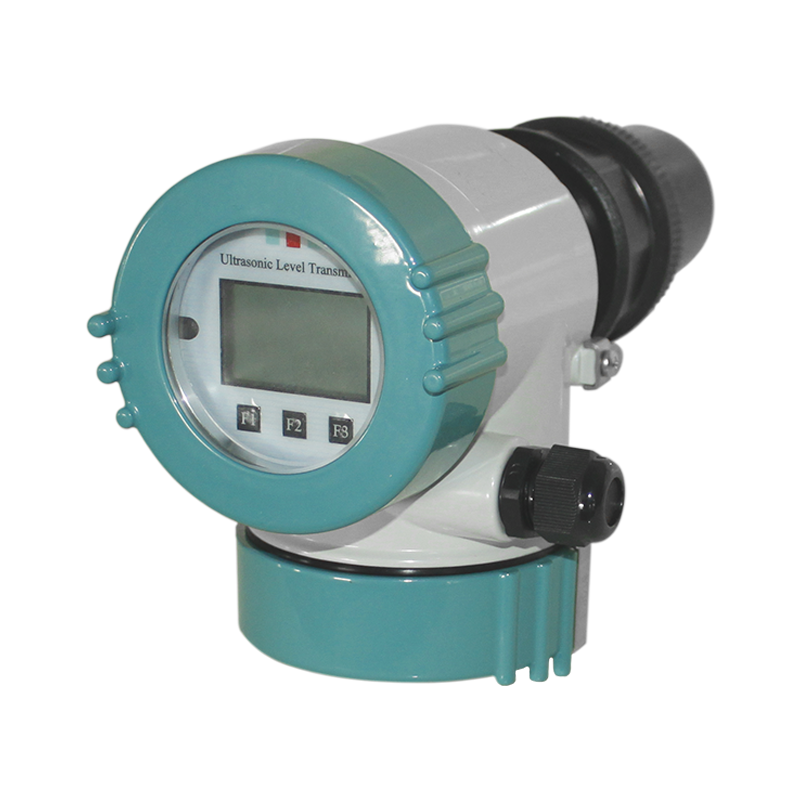
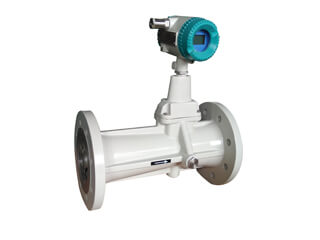
.jpg)
.png)
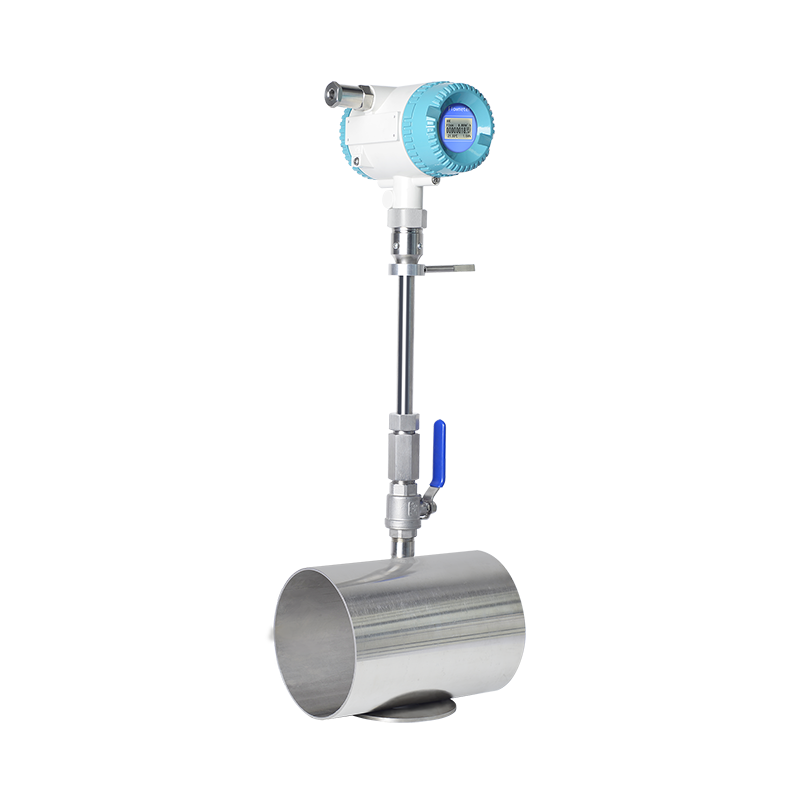
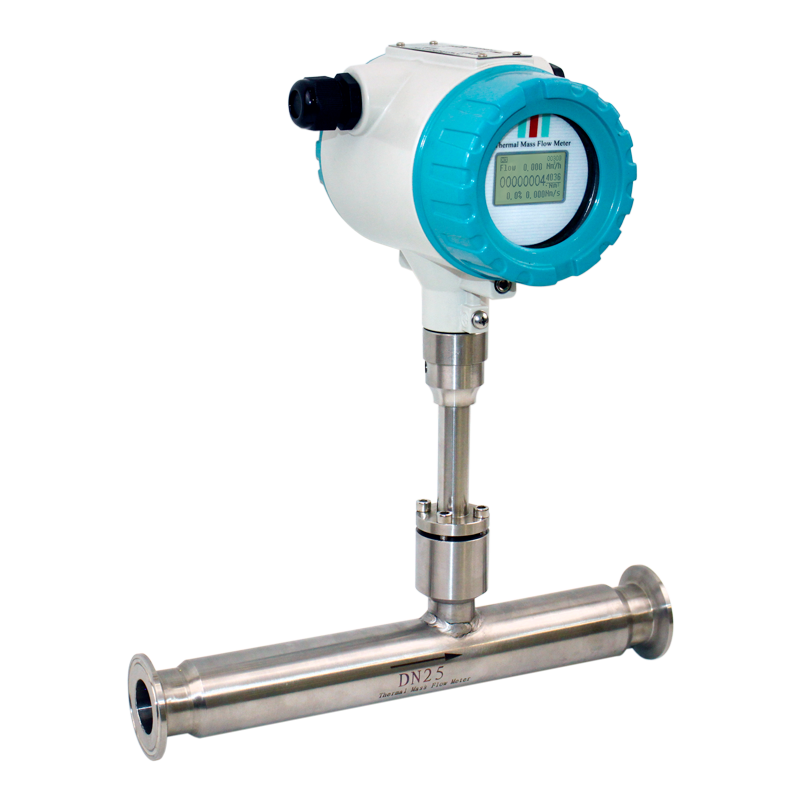
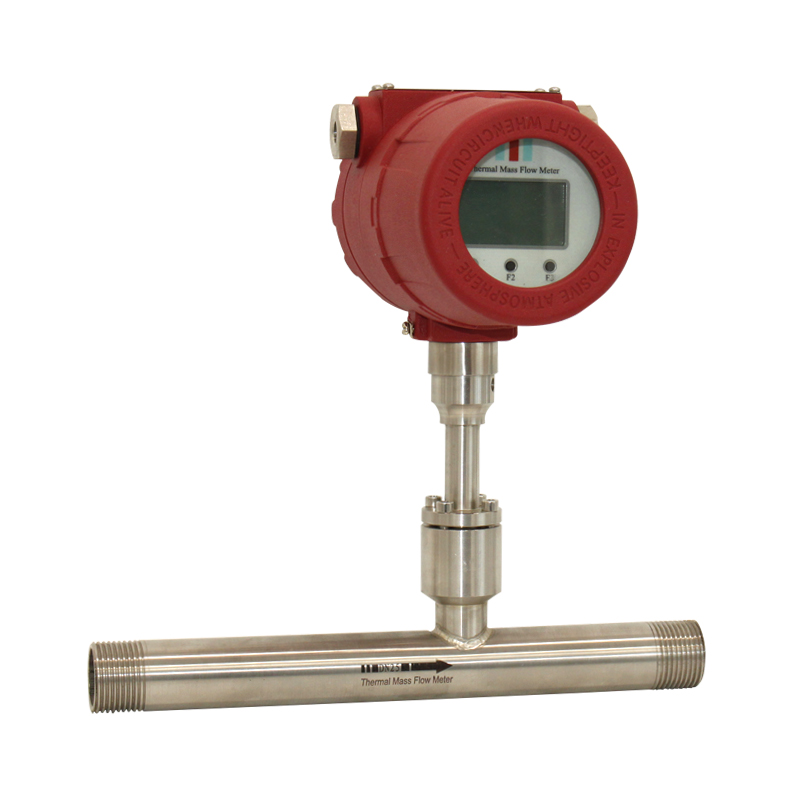
.jpg)
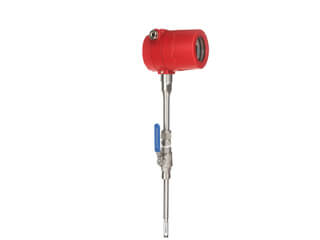
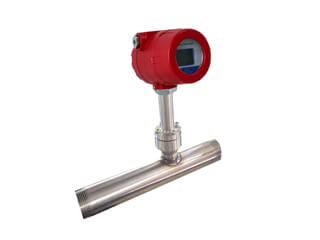
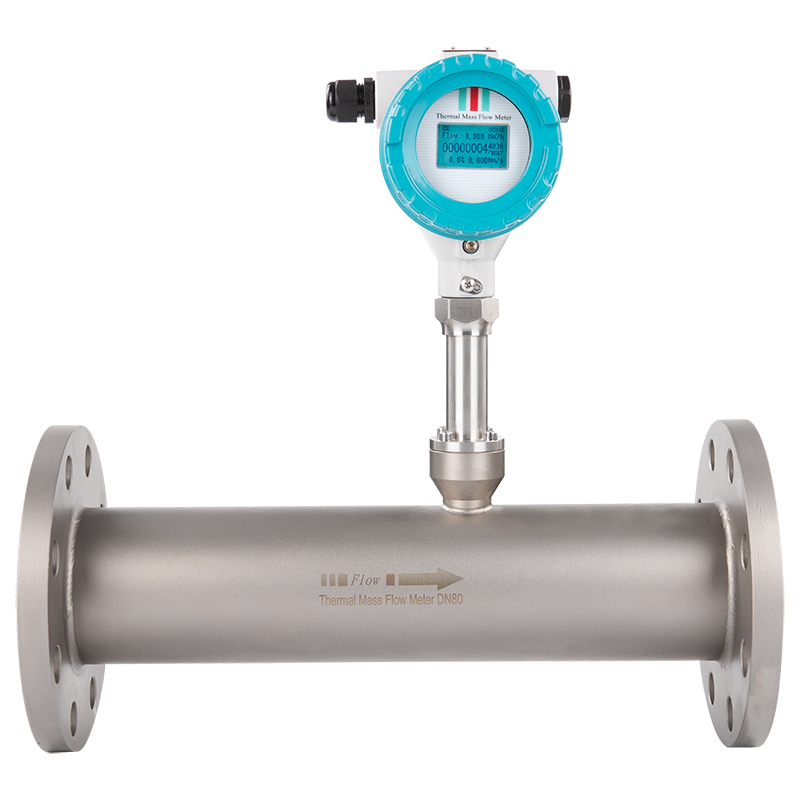
.png)
